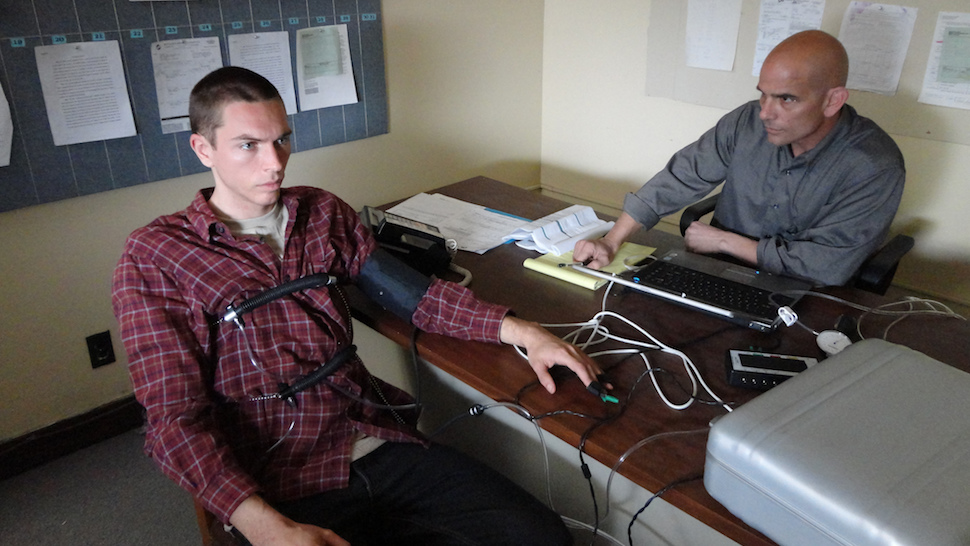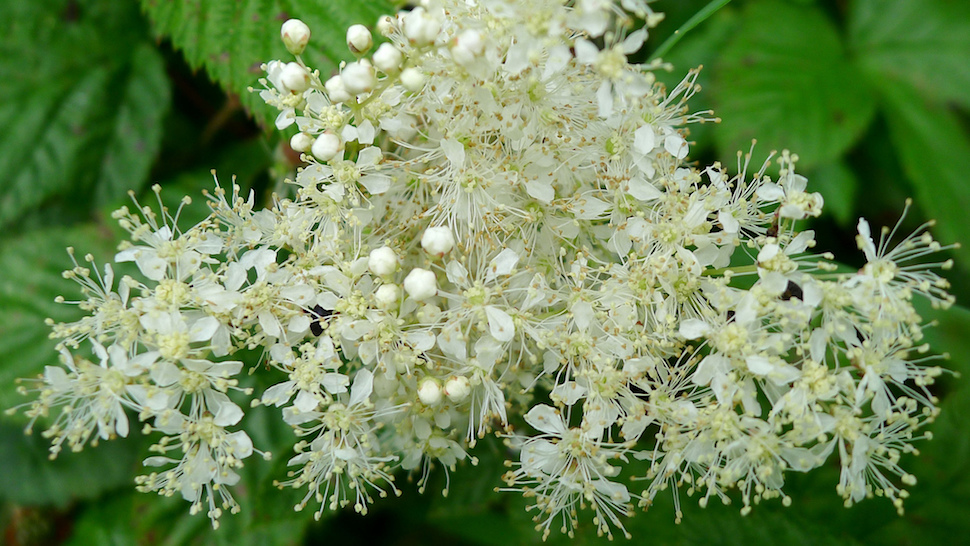This week we’re looking into whether polygraph (AKA lie detector) tests actually work, checking out a Bronze Age brew that really should be made today and an astronomer whose name you may not know!
Welcome to Lifehacker’s Thinking Cap, a series where we round up interesting, informative and thought-provoking podcasts, interviews, articles and other media that will teach you something new, inspire you and hopefully cap off your week nicely.
The Drunken Astronomer Who Changed the Way We View The Universe
You may never have heard of Tycho Brahe, but you should have. If you’ve heard of Johannes Kepler, you should at least know about the man who inspired him, or the man who was taking measurements of and observing the stars with more accuracy than his contemporaries by far, and this DNews profile runs down the life — and death — of one of history’s greatest unsung astronomers.
Brahe’s life was just as interesting as his passion for science, considering he fought duels over maths (and more appropriately, honour), and the way he died was sad, but in line with his “party hard, science hard” lifestyle. Check out the full video for more. [via DNews]
An Ancient, Lost City in Colombia, 650 Years Older than Machu Picchu
The always-interesting folks at Atlas Obscura manage to find some of the most intriguing spots around the globe to visit, and this visual guide to Ciudad Perdida, AKA the “Lost City”, is no exception. It’s a reminder of exactly how little we still know about ancient Mesoamerican civilisations before colonialism, and how much we have left to learn about their technologies, communities and world view. Some basics about the city:
Perhaps most remarkable about Ciudad Perdida is the fact that it was built some 650 years before Machu Picchu, around 800 CE. Though only a small portion of the site has been excavated, the city is an impressive feat of engineering, built along a steep mountain ridge nearly a mile above sea level. A complex network of stone bridges and drainage systems has maintained the city throughout the test of time.
The site is believed to have been the seat of power of the Tairona kingdom, which spanned throughout the Sierra Nevada and the northern region of Colombia. A testament to the stability of the society that constructed it, the Lost City was constantly inhabited from its construction up until its abandonment, which likely took place in the 16th century amid the arrival of Spanish conquistadores. During this period of contact and conflict, portions of the Tairona people moved further into the reaches of the Sierra Nevada de Santa Marta, which allowed them to avoid the worst of Spanish colonialism of the 17th and 18th centuries.
The whole guide is exceptional and full of photos to illustrate the beauty of this ancient city, overgrown with grasses, moss, streams and vines. Check it out. [via Atlas Obscura]
Do Polygraph (Lie Detector) Tests Actually Work?

Well, the short answer is no. The science has never really disputed the fact that lie detectors, or polygraph machines, don’t actually work and don’t reliably tell you when someone’s lying — but that doesn’t stop them from being in rampant use in intelligence communities and on daytime television. Those are the only two places you really find them in use any more, and it doesn’t take much attention to either to see that they’re not horribly effective in either case (trust me, I know).
Priceonomics has a great explainer on the history of polygraph testing, how they have been used and abused, and their best use — which is as an interrogation tool, not as a tool that detects lies. It’s a subtle difference, but an important one, especially to intelligence communities:
The question of whether polygraphs can detect lies is an open-and-shut case.
There have been relatively few scientific studies on the polygraph, but a National Research Council study from 2002 is the most comprehensive to date. Asked by the U.S. Department of Energy to investigate the polygraph, the NRC considered all previously published scientific studies and relevant data.
The NRC ultimately concluded that for people “…untrained in countermeasures, specific-incident polygraph tests can discriminate lying from truth telling at rates well above chance, though well below perfection.”
But the study also concluded that “…truthful members of socially stigmatised groups and truthful examinees who are believed to be guilty or believed to have a high likelihood of being guilty may show emotional and physiological responses in polygraph test situations that mimic the responses that are expected of deceptive individuals.”
To put it bluntly, the polygraph can be an effective interrogation tool in the hands of the right examiner, but there’s a real danger of the test producing ‘false positives’ (misclassifying innocent people). And minorities facing biased assumptions of their guilt are especially likely to be nervous during a polygraph and fail the test.
The NRC further found that when it came to screening intelligence employees, the polygraph’s “accuracy in distinguishing actual or potential security violators from innocent test takers is insufficient to justify reliance on its use in employee security screening in federal agencies.”
Intelligence agencies therefore run the risk of obtaining ‘false negatives’ (failing to detect enemy spies), making the polygraph a potential danger to the state as officials can be lulled into a false sense of security.
As someone who’s taken the polygraph, I can back this up anecdotally, but thankfully I don’t have to — the data proves out my experience. That all said though, the whole thing is worth a read — including the story of someone who went to gaol because they failed a polygraph, and the reasons why polygraph test results are no longer admissible in court. [via Priceonomics]
A 2500 Year Old Brew, Brought Back from the Dead

Over at NPR’s The Salt blog is this amazing story of a Bronze Age brew, made from barley, honey, mint, yeast and meadowsweet — something you won’t find on store shelves, but was instead recreated from the contents of a bronze cauldron found in a burial plot in what’s now Germany. They note:
While sifting through the remains of an Iron Age burial plot dating from 400 to 450 B.C. in what is today Germany, Bettina Arnold, an archaeologist and anthropologist at the University of Wisconsin-Milwaukee, and others uncovered a cauldron that contained remnants of an alcohol brewed and buried with the deceased.
… Besides yeast, the brew really only contains four ingredients: barley, honey, mint and meadowsweet. It took seven hours to make the brew and another two weeks to let it ferment.
I got to sip the final product. The result was smooth and pleasant — almost like a dry port, but with a minty, herbal tinge to it. It also packed an alcoholic kick.
Alas, you won’t find this ancient recipe on beer store shelves any time soon. While it’s certainly drinkable and “very cool to taste … I don’t think people would be interested in purchasing it to drink,” says Lakefront Brewery’s Chris Ranson.
“But it sure was a fun experiment,” Ranson adds.
I don’t know, that sounds like it’d be a lot of fun to drink, I’d certainly try it! [via The Salt]
Still I Rise
Maya Angelou reads her classic poem, “Still I Rise“, originally published in 1978, and included in her third anthology of poetry, And Still I Rise. I figured we could all use something a little uplifting. Have a great weekend. [Thanks, Swissmiss!]
That’s all for this week. If you have thought-provoking stories, interesting podcasts or eye-opening videos, share them in the comments below!
Title illustration by Nick Criscuolo. Additional photos by Lwp Kommunikáció and gailhampshire.

Comments